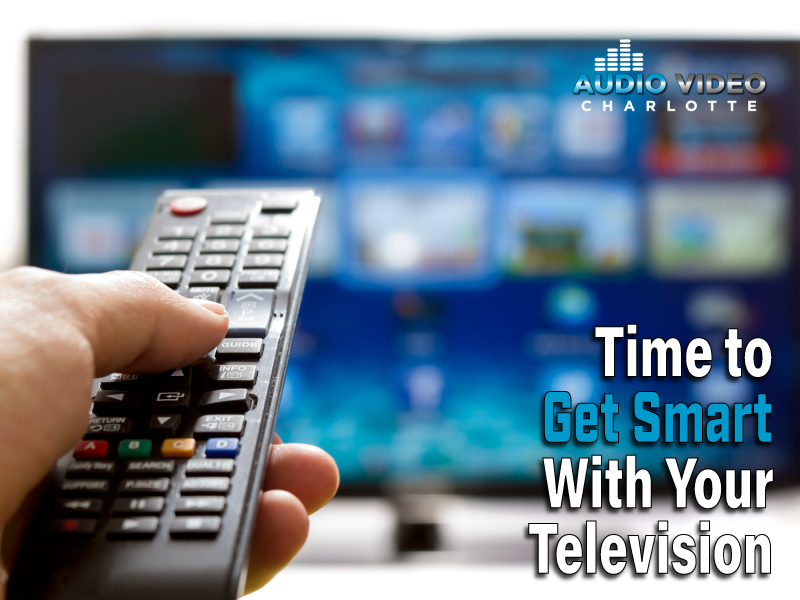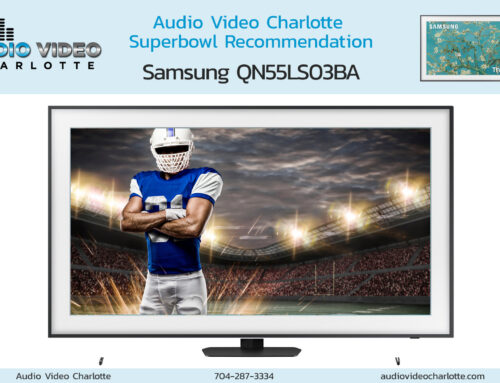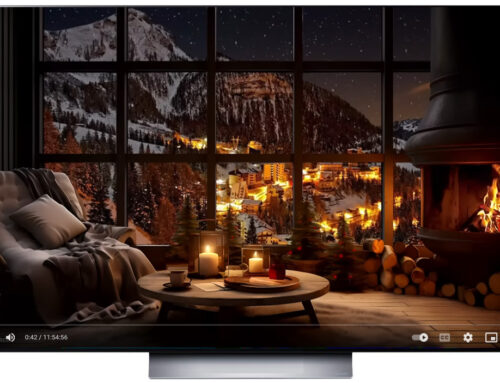Keeping up with the times, technologically, can be difficult as our lives progress so fast. But upgrading to a smart television is much more than trying to keep up—it’s adapting to a new, and improved, way of life.
If you haven’t bought a TV in a while, you might be wondering what, exactly, a “smart TV” is. What’s so smart about them? Well, think about it like this: remember those first cellphones that didn’t have internet or video or voice recording or any of the cool features we use on a daily basis? Now compare those old dinosaurs to the cellphones of today…massive difference, right? It’s the same with televisions. What they are and can do today makes them completely different pieces of technology than what they used to be.
In short, a smart TV is a computer, a sound system, a telephone, a shopping cart, and so much more.
A Closer Look
TVs of old—we can call them “dumb TVs”—displayed content from an HDTV antenna or a cable or even another audio video source, and this was the extent to their service: they displayed content.
Smart TVs, on the other hand, connect to a variety (a seemingly endless variety) of apps by using the internet. Connecting televisions to the internet has been the biggest advancement in home entertainment, and has opened up a new world of possibilities—not only with how we watch television, but what also with what our TVs can do for us.
So how do you connect a Smart TV to the internet? There are two ways: use WiFi or go through a direct connection. At Audio Video Charlotte, we always recommend hardwiring a television directly to the internet versus using WiFi, because it can be more reliable and it would keep your TV off of the WiFi. When you consider how far the internet has to travel, there is a lot of interference that happens between getting the internet connection to the actual TV. This slows the processing and internet speed down drastically.
One thing we do to show our customers how much better it is to set their television up with a wired connection is to first connect the TV wirelessly, and we then check its internet speed. After this, we wire the TV and run the connection speed again to see the difference. Many customers do not understand that the reason they have buffering issues is because the device is consuming the internet faster than the rate it’s being delivered. If you hardwire the TV or device, you end up getting the internet speed you are paying for because it is getting a connection directly from the source.
Smart TV Features
You can connect an accessory to a Smart TV through a USB port or an HDMI cable. Keep in mind that if you have a 4K device, you will want to ensure that you are using 4K cables to optimize your viewing experience. It makes a noticeable difference.
Apps can be added on to a Smart TV easily by locating the TV’s app menu. You will be limited to only those apps that are available through the manufacture’s app catalog. If you cannot find the app you are looking for, Apple TV allows you to download any number of apps from Apple’s App Store. And since television manufacturers tend to only offer the most popular apps, it’s a good idea to go with a streaming device so you can access over 200 million apps.
Smart TVs will have updates periodically, and most will update automatically without any disruption or steps needed from the user. These auto-updates usually fix bugs and are more needed to provide newer versions of streaming service apps. Over time, the Smart TV apps may become obsolete, based on the age of the TV or licensing agreement, and you may eventually have to purchase a streaming device to continue enjoying your favorite apps.
At Audio Video Charlotte, we have plenty more information on how smart TVs work, as well as, information on which last the longest, provide the best picture and sound. Come see us today and get smart!






